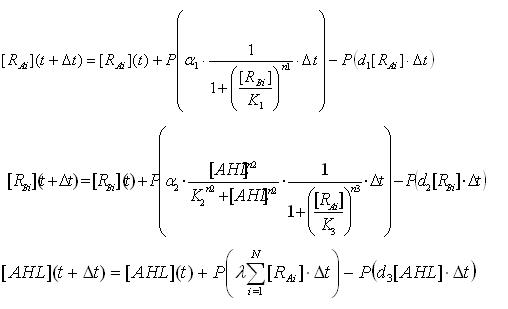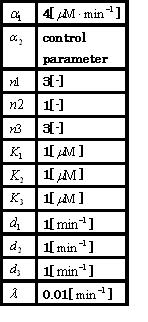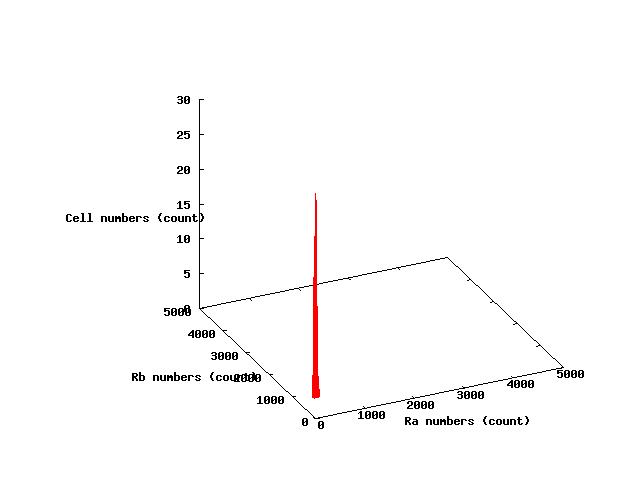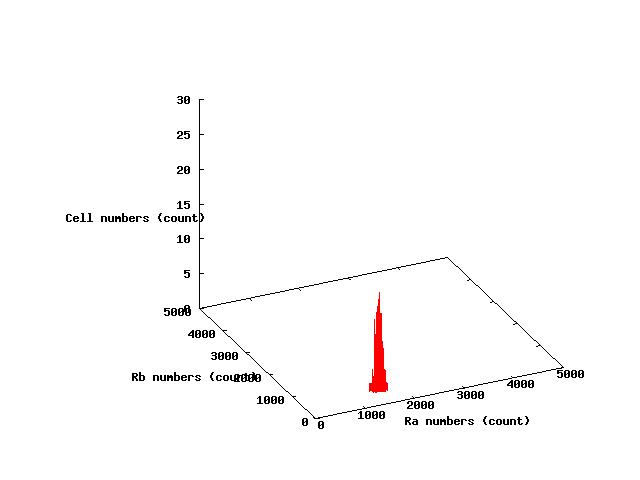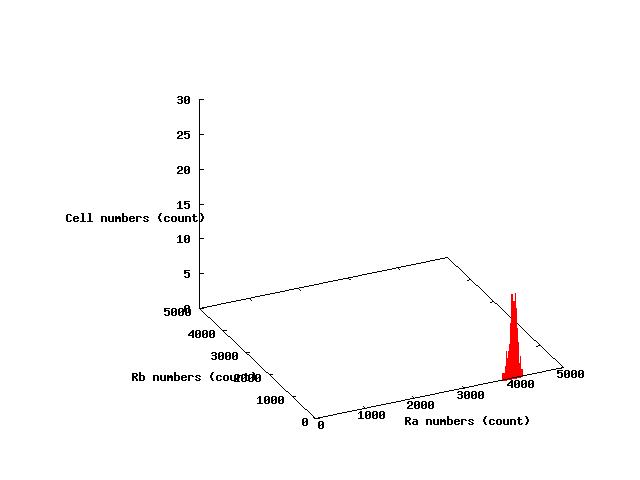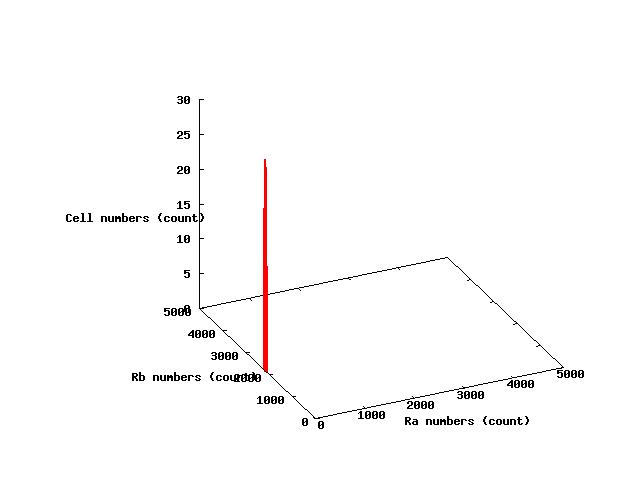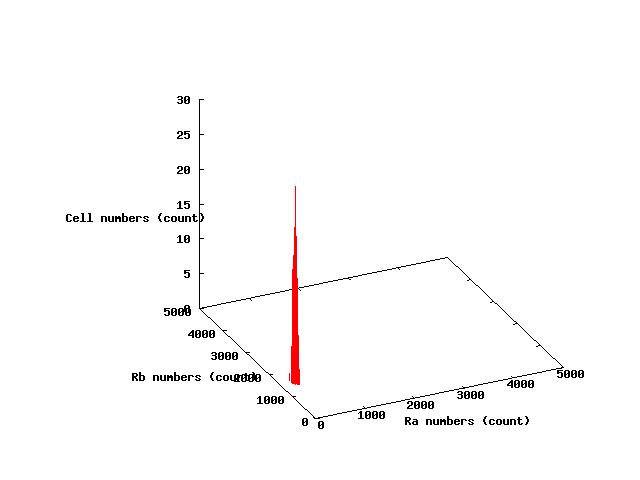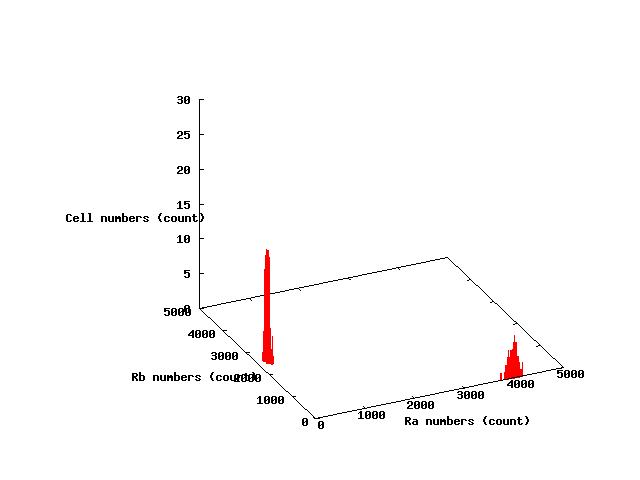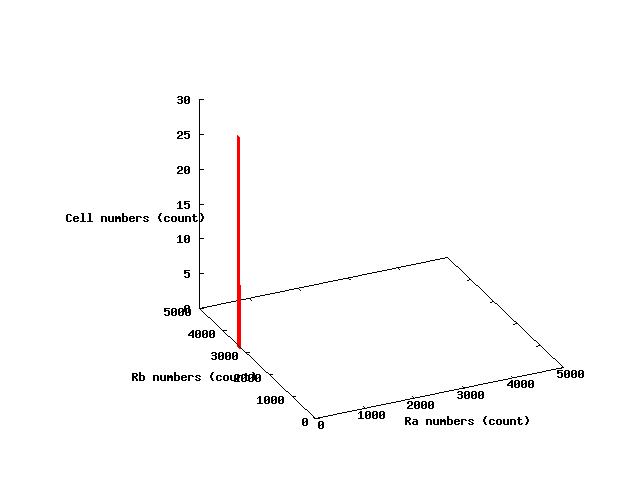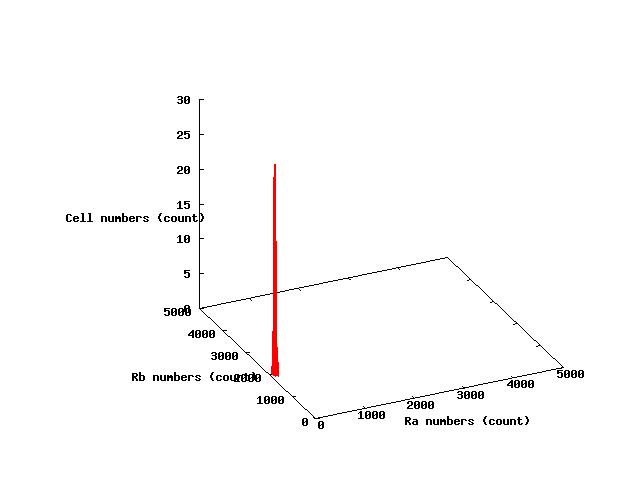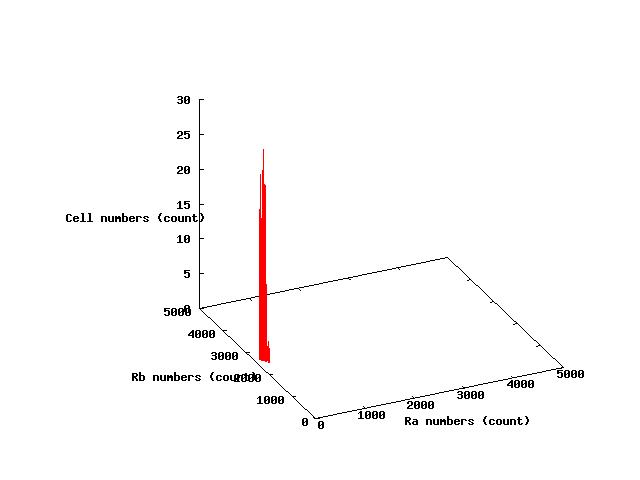Tokyo/Formulation/5.stochastic differential equation model with poisson random variables
From 2007.igem.org
| Line 30: | Line 30: | ||
Fig.5.2は,AとBに分かれて安定している. | Fig.5.2は,AとBに分かれて安定している. | ||
| + | <br>次に,Simulationの結果と相平面の関係を見てみる.相平面のヌルクラインはEx4-3を用いている. | ||
[[Image:phase plane and simulation-1.JPG|270px|left|thumb|Figure 5.4.1]] | [[Image:phase plane and simulation-1.JPG|270px|left|thumb|Figure 5.4.1]] | ||
[[Image:phase plane and simulation-2.7.JPG|270px|left|thumb|Figure 5.4.2]] | [[Image:phase plane and simulation-2.7.JPG|270px|left|thumb|Figure 5.4.2]] | ||
[[Image:phase plane and simulation-4.JPG|270px|none|thumb|Figure 5.4.3]] | [[Image:phase plane and simulation-4.JPG|270px|none|thumb|Figure 5.4.3]] | ||
Revision as of 10:28, 24 October 2007
we introduced the terms of Ex 4-1 into a stochastic process to simulate the sthochastic behavior.we used Poisson random variables as a sthochastic process. Threfore,a stochastic differential equations were given as
The values of parameters in the right table were used and the results of simulation were shown in Fig 5.1-3.
where α2 = 1(μM) in Fig 5.1,α2 = 2.7(μM) in Fig 5.2,α2 = 4(μM) in Fig 5.3. and it has been estimated that 1(μM) = 1000 molecules (count).
Fig.5.1 indicates that all cells shift to A state in the steady state and Fig 5.3 indicates that all cells shift to B state in the steady state.These results doesn't represent coexistence stable.
Fig.5.2 indicates that in the steady state the cells at A state and that at B state
Fig.5.2は,AとBに分かれて安定している.
次に,Simulationの結果と相平面の関係を見てみる.相平面のヌルクラインはEx4-3を用いている.
